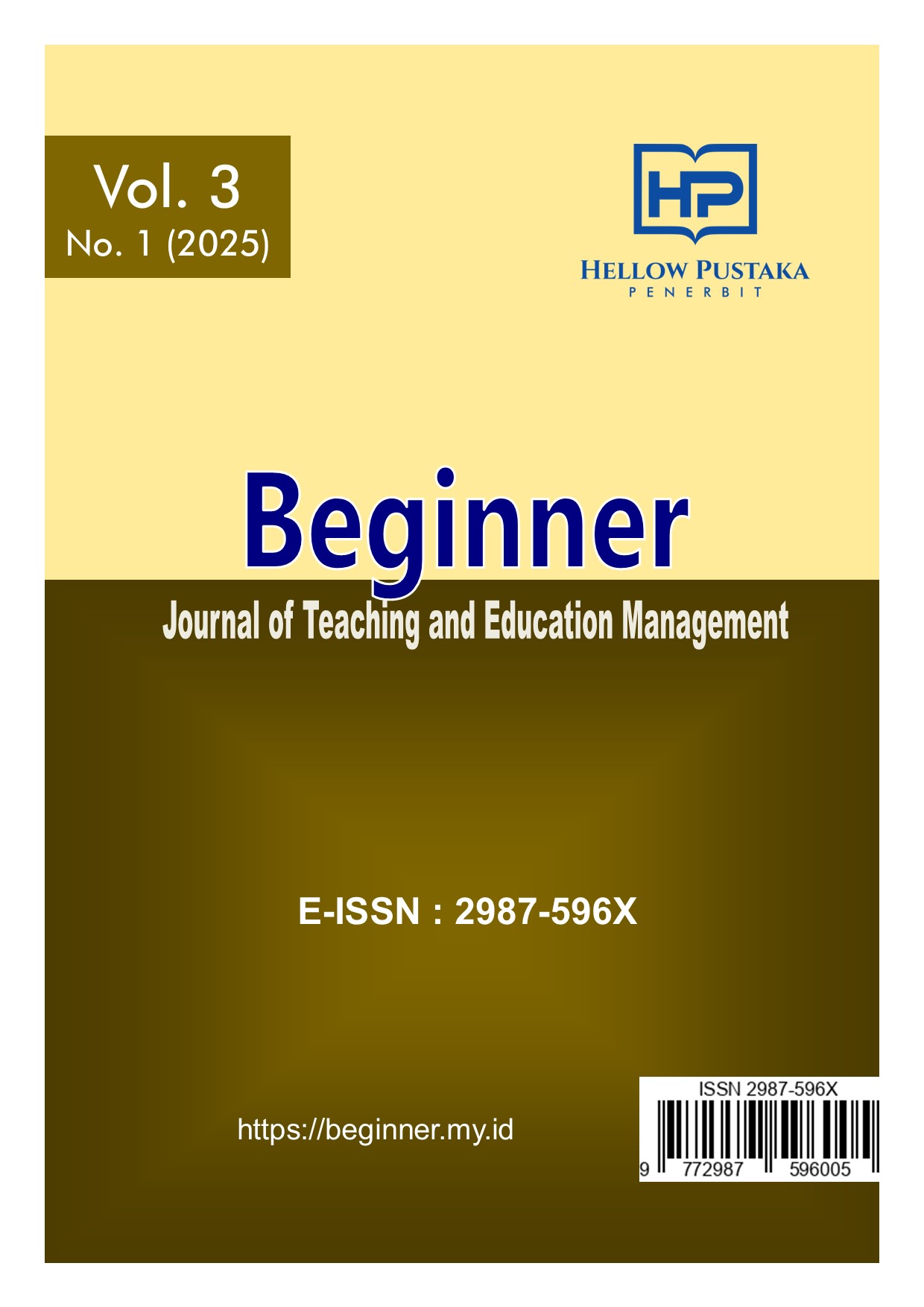The Influence of English Proficiency on Vocational Students' Speed in Solving Network Troubleshooting Tasks: A Study at SMK Prawira, Carita, Pandeglang, Banten
DOI:
https://doi.org/10.61166/bgn.v3i1.97Keywords:
Technical English, Troubleshooting, Vocational Education, ESP, CorrelationAbstract
This study investigates how technical English proficiency influences the speed at which students in Computer and Network Engineering (TKJ) resolve network troubleshooting problems. Conducted at SMKS Prawira, Carita, Banten, this ex post facto study involved 42 students who completed a technical English test and performed simulated troubleshooting scenarios using Cisco Packet Tracer. The results show a strong negative correlation (r = -0.934) between English proficiency and troubleshooting time. Students with higher proficiency were able to resolve problems faster, highlighting the functional importance of technical English comprehension. The findings emphasize the necessity for vocational curricula to incorporate English for Specific Purposes (ESP), especially for technology-related fields. Integrating language and technical instruction could bridge the gap between communication skills and real-world problem-solving capabilities. This study advocates for targeted instructional modules and collaborative teaching approaches to enhance students’ readiness for industry demands.
Downloads
References
Altavilla, J. (2019). How technology affects instruction for English learners. Phi Delta Kappan. https://kappanonline.org/technology-instruction-english-learners-altavilla/
Ary, D., Jacobs, L. C., Sorensen, C., & Razavieh, A. (2010). Introduction to Research in Education (8th ed.). Belmont, CA: Wadsworth Cengage Learning.
Comer, D. E. (2018). Computer Networks and Internets (6th ed.). Pearson Education.
Crystal, D. (2003). English as a Global Language (2nd ed.). Cambridge University Press.
Hutchinson, T., & Waters, A. (1987). English for Specific Purposes: A Learning-Centred Approach. Cambridge: Cambridge University Press.
Murat, G. (2021). An Ex-Post Facto Study on the Affective Domain. ResearchGate. https://www.researchgate.net/publication/367915413_An_Ex-Post_Facto_Study_on_the_Affective_Domain_of_the_5th_Grade_English_Language_Teaching_Curriculum
Nunan, D. (2003). Practical English Language Teaching. New York: McGraw-Hill.
Rosyid, N., Suhayati, E., Pengaruh Media Pembelajaran dan Latar Belakang Pendidikan Siswa terhadap Hasil Belajar Ilmu Fara’id, Jurnal Teknologi Pendidikan UNDIKMA. https://e-journal.undikma.ac.id/index.php/jtp/article/view/2856/0
Sugiyono. (2017). Metode Penelitian Kuantitatif, Kualitatif, dan R&D. Bandung: Alfabeta.
Downloads
Published
How to Cite
Issue
Section
License
Copyright (c) 2025 N. Erna Marlia Susfenti, Naylur Rosyid

This work is licensed under a Creative Commons Attribution 4.0 International License.










